America’s cuisine is as diverse as its population, with some neighborhoods and streets becoming legendary for their concentration of excellent places to dine. From old markets that have been serving communities for generations to new food districts that celebrate immigrant heritage, these culinary attractions deliver genuine flavors that define their regions.
The following are 20 historic food streets in the United States that all food travelers should put on their to-do list.
Magazine Street, New Orleans

This six-mile stretch winds through the Garden District, offering an eclectic mix of Creole classics, international cuisines, and innovative modern restaurants. Local institutions serve perfectly fried oyster po’boys and gumbo alongside newcomers creating contemporary interpretations of Louisiana traditions.
The street’s relaxed atmosphere encourages culinary exploration at a distinctly New Orleans pace, with historic architecture providing a picturesque backdrop for dining adventures.
Arthur Avenue, Bronx, New York
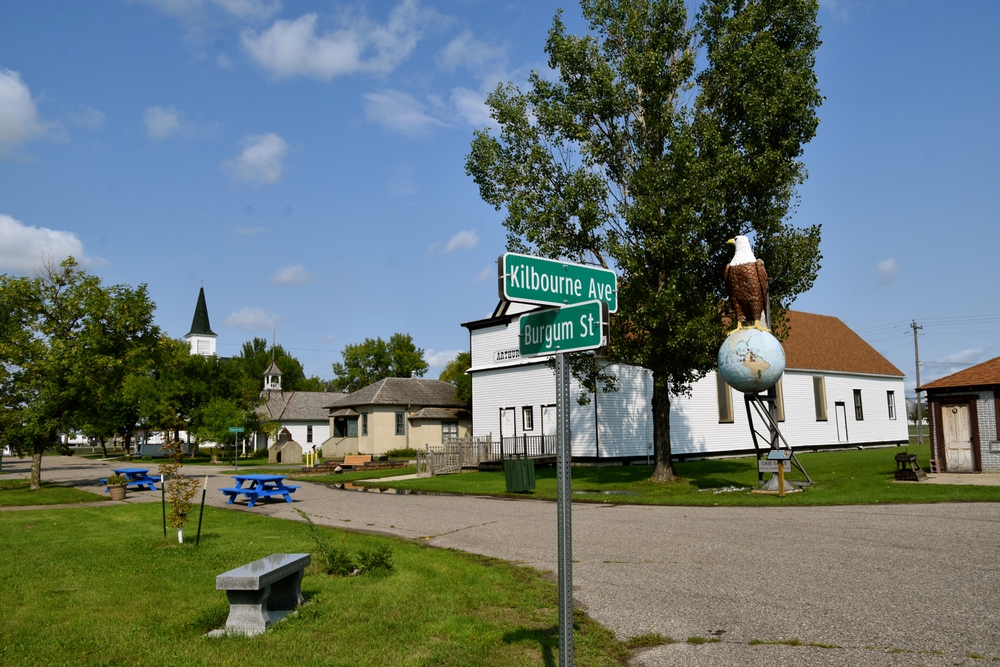
Often called the “real Little Italy,” this Bronx enclave preserves authentic Italian-American culinary traditions that have largely disappeared from Manhattan’s more touristy counterpart. Family-run businesses spanning multiple generations offer house-made mozzarella, hand-rolled pasta, and imported specialties in shops where recipes and techniques have remained unchanged for decades.
The indoor Arthur Avenue Retail Market functions as the neighborhood’s living room, where locals shop for exceptional ingredients and gather at tables for espresso and conversation.
Like Travel Pug’s content? Follow us on MSN.
24th Street, San Francisco
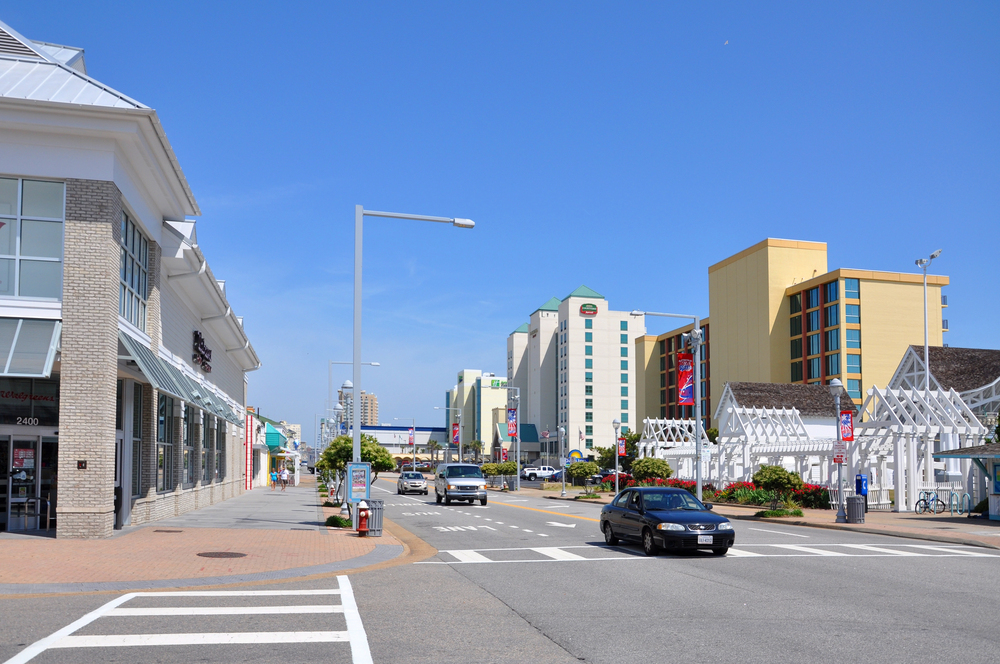
This corridor in the Mission District showcases the evolution of Latin American cuisine in California, with traditional taquerias operating alongside innovative establishments fusing Mexican techniques with local ingredients. Multigenerational panaderias produce conchas and other Mexican pastries while third-wave coffee shops serve single-origin beans from the same regions their neighbors’ families originated.
The street’s vibrant murals highlight the neighborhood’s cultural heritage while providing the perfect backdrop for your progressive food crawl.
Argyle Street, Chicago

This north-side street has developed into Chicago’s premier destination for Southeast Asian cuisine, particularly Vietnamese specialties. Pho restaurants simmer rich broths for hours, while bánh mì shops create perfectly balanced sandwiches on crusty bread with house-made pâté and pickled vegetables.
During the summer months, the annual Argyle Night Market transforms the street into an open-air celebration of Asian street food, with cooking demonstrations and cultural performances enhancing the culinary experience.
Prince Street, Boston
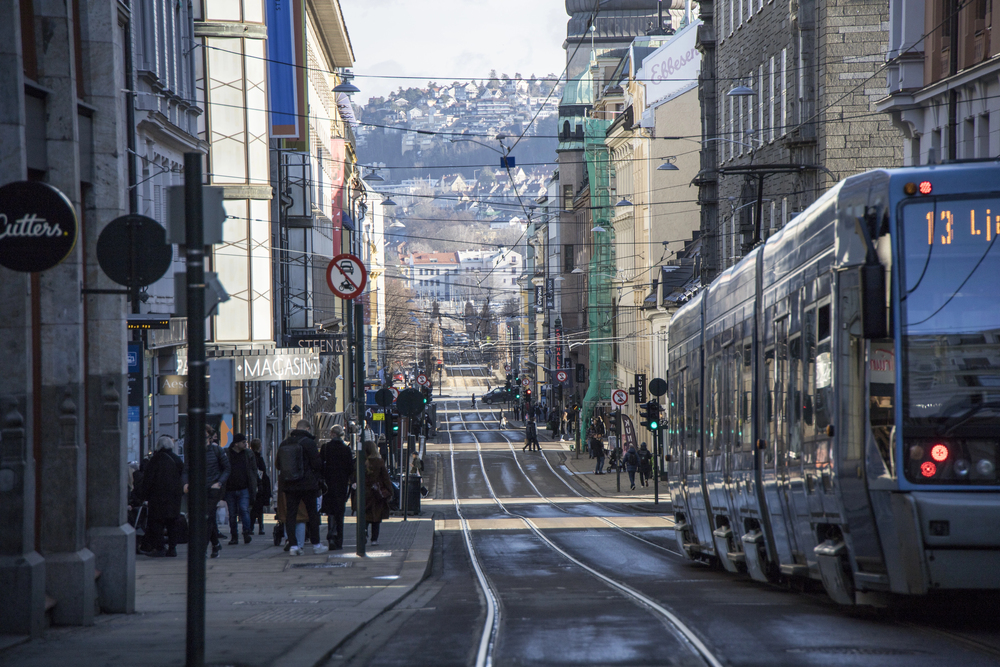
This narrow North End pathway epitomizes Boston’s Italian culinary heritage, with lines forming outside beloved bakeries, salumerias, and trattorias at all hours. Competing cannoli shops have maintained friendly rivalries for generations, while restaurants operate in spaces that have served food continuously since the 19th century.
The street’s proximity to Boston Harbor reflects the neighborhood’s origins as the landing place for Italian immigrants whose culinary traditions now define the area.
Like Travel Pug’s content? Follow us on MSN.
Central Avenue, Los Angeles

This historic corridor showcases the incredible diversity of Los Angeles through food, with Oaxacan, Korean, Ethiopian, and Salvadoran restaurants operating nearby. Family-run establishments serve regional specialties rarely found elsewhere in America, often in modest surroundings that belie the authenticity and complexity of their cuisine.
The street’s evolution reflects waves of immigration that have continuously reshaped Los Angeles, with each culture adding new flavors to the city’s culinary landscape.
Buford Highway, Atlanta
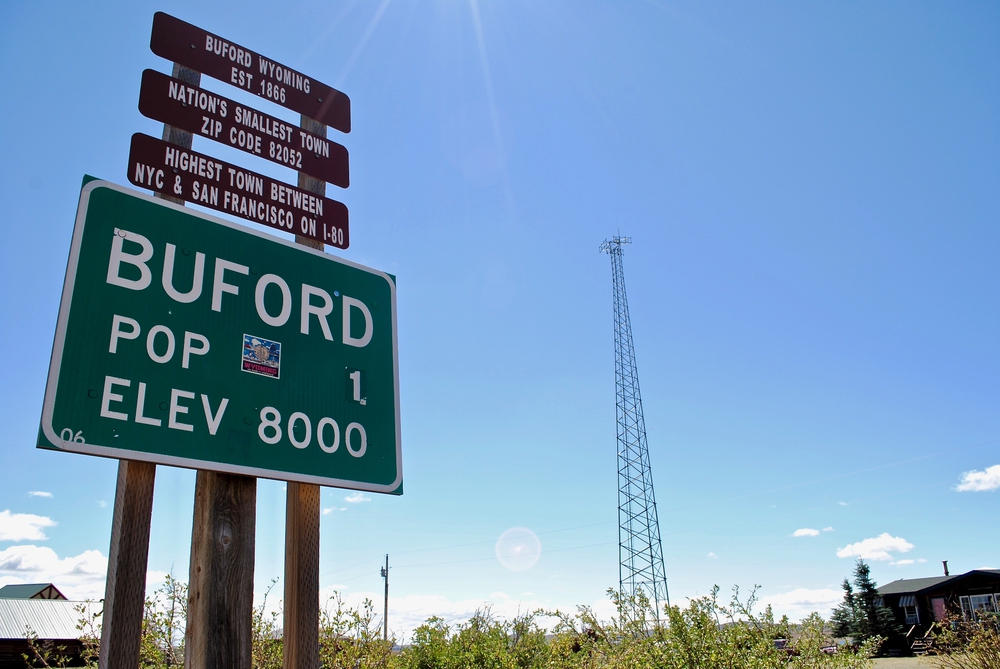
This suburban stretch has developed into Atlanta’s international dining destination, with restaurants representing more than 20 different countries along its multicultural corridor. Strip malls house exceptional Vietnamese pho shops, Korean barbecue establishments, and regional Chinese restaurants serving authentic specialties rather than Americanized versions.
Food enthusiasts make pilgrimages specifically to explore the concentrated diversity of this roadway, where global cuisines thrive in Atlanta’s unique cultural ecosystem.
South Congress Avenue, Austin
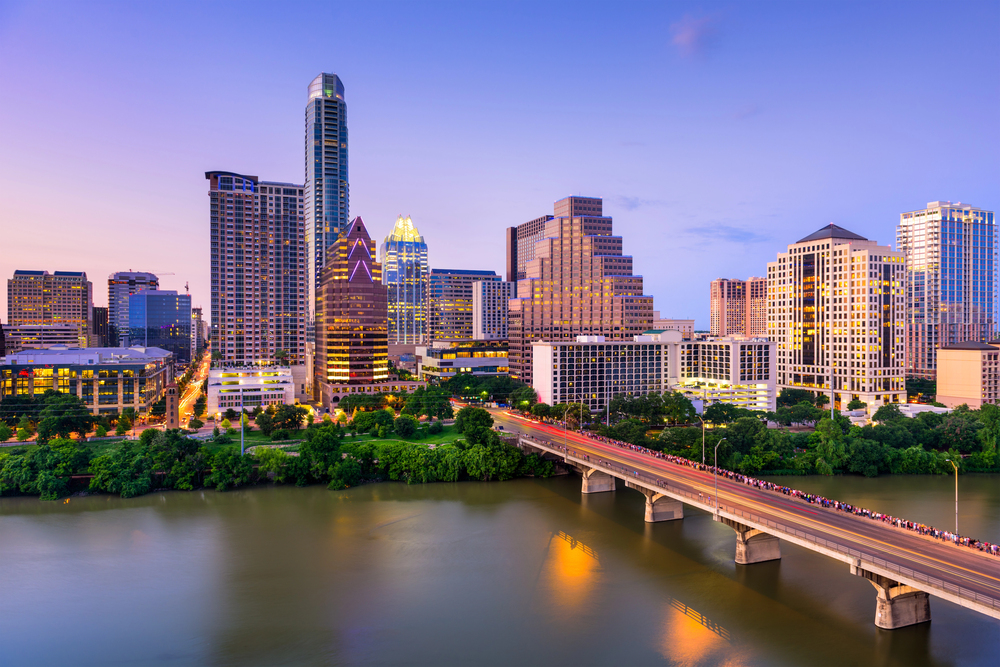
This iconic Austin street balances longstanding Tex-Mex institutions with innovative food trucks and contemporary restaurants, defining modern Texas cuisine. Legendary migas breakfasts start the day, while evening brings craft cocktails paired with elevated takes on Southern comfort food.
The street’s quirky atmosphere embodies Austin’s “keep it weird” ethos while providing a showcase for the culinary creativity that has made the city a dining destination.
Like Travel Pug’s content? Follow us on MSN.
Passyunk Avenue, Philadelphia

This South Philly diagonal has evolved from a traditional Italian-American enclave into one of the city’s most exciting dining corridors. Historic cheesesteak joints that put the street on the culinary map now share space with acclaimed restaurants serving everything from Malaysian street food to inventive neo-American cuisine.
The neighborhood’s traditional food culture blends seamlessly with newcomers, creating a uniquely Philadelphia environment where culinary heritage and innovation coexist.
Eastern Market, Detroit
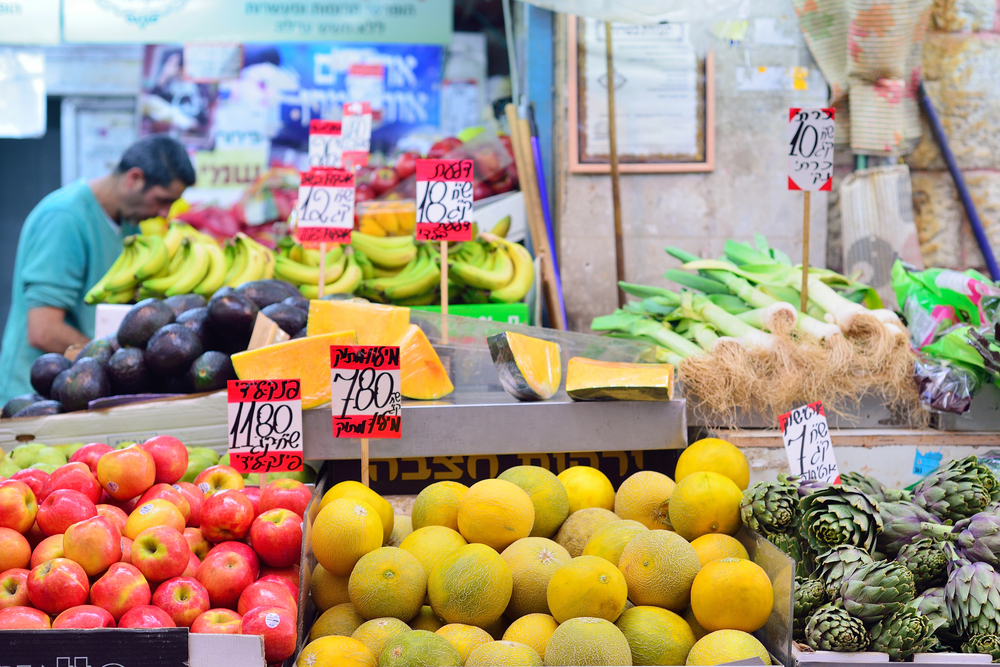
This historic district surrounds Detroit’s 19th-century public market, creating a food destination that balances tradition with the city’s culinary renaissance. Saturday mornings bring thousands of visitors to the market sheds and surrounding streets, where vendors sell Michigan-grown produce and prepared foods reflecting Detroit’s diverse communities.
Permanent establishments serve everything from authentic Polish pierogi to innovative farm-to-table cuisine, collectively telling the story of Detroit’s past and future through food.
Larimer Square, Denver
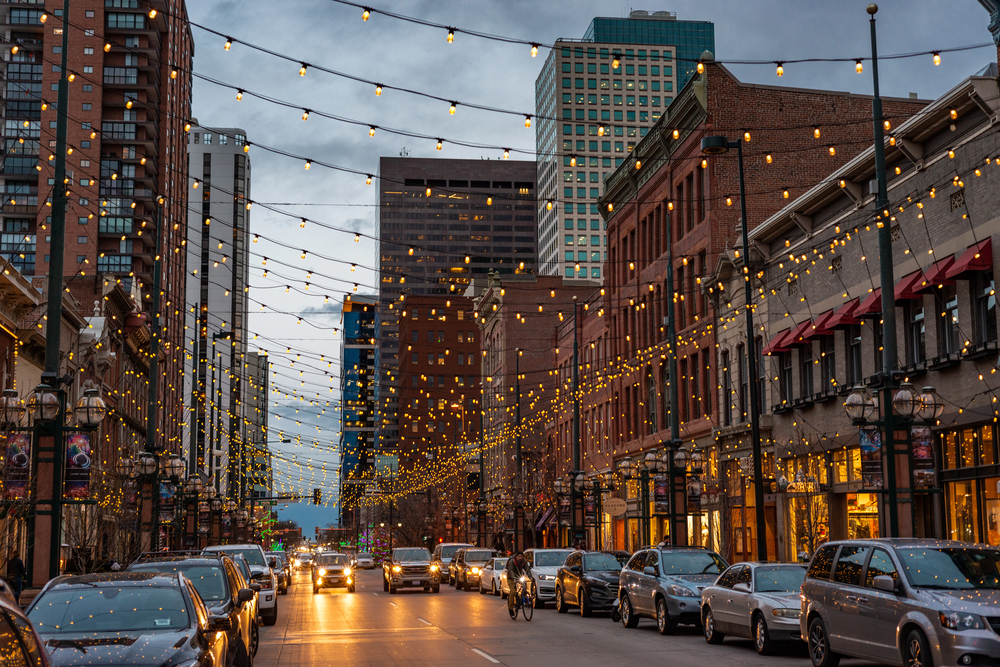
Denver’s oldest block has transformed into a culinary destination showcasing the evolution of Rocky Mountain cuisine. Historic buildings house restaurants ranging from Colorado classics featuring locally-raised game to innovative establishments pushing culinary boundaries with seasonal ingredients from nearby farms.
The preserved Victorian architecture creates an atmospheric backdrop for dining experiences that connect visitors to both Denver’s frontier past and its sophisticated present.
Like Travel Pug’s content? Follow us on MSN.
Grand Central Market, Los Angeles

This century-old food hall anchors a downtown Los Angeles block that epitomizes the city’s culinary evolution. Legacy vendors selling regional Mexican specialties share space with newcomers offering everything from artisanal bread to creative Filipino fusion cuisine.
The market’s renaissance mirrors downtown LA’s revitalization, creating a communal dining experience where multiple generations and cultural backgrounds come together over exceptional food.
Freret Street, New Orleans
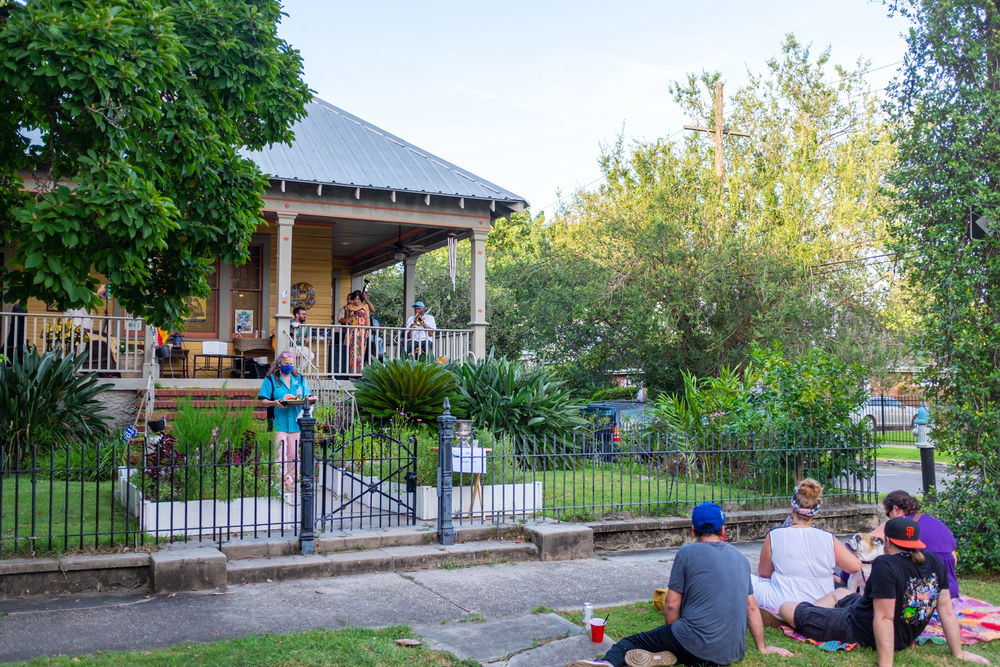
This formerly neglected Uptown corridor has transformed into one of New Orleans’ most dynamic food streets, with innovative establishments breathing new life into the neighborhood. Craft cocktail bars, modern southern restaurants, and creative international cuisines have established the street as a destination for locals seeking alternatives to tourist-heavy French Quarter dining.
The street’s revitalization demonstrates how food can drive neighborhood renewal while creating new culinary traditions that respect New Orleans’ gastronomic heritage.
H Street NE, Washington, DC

This historic corridor has evolved from the aftermath of civil unrest into one of the capital’s most vibrant dining destinations. Restaurants showcasing the culinary traditions of Ethiopia, Japan, and the Philippines operate alongside establishments serving creative interpretations of American classics. The street’s transformation reflects DC’s evolution beyond political power, dining into a city with neighborhood-based culinary scenes worth exploring beyond the National Mall.
Like Travel Pug’s content? Follow us on MSN.
Broadway, Nashville

This downtown stretch balances Nashville’s honky-tonk culture with serious culinary establishments showcasing the depth of Southern cooking. Historic meat-and-three restaurants serve traditional country cooking while chef-driven concepts reinterpret regional classics with modern techniques and local ingredients.
The street offers a comprehensive taste of Tennessee cuisine, from hot chicken that originated in Nashville to Memphis-style barbecue that migrated east across the state.
Division Street, Portland
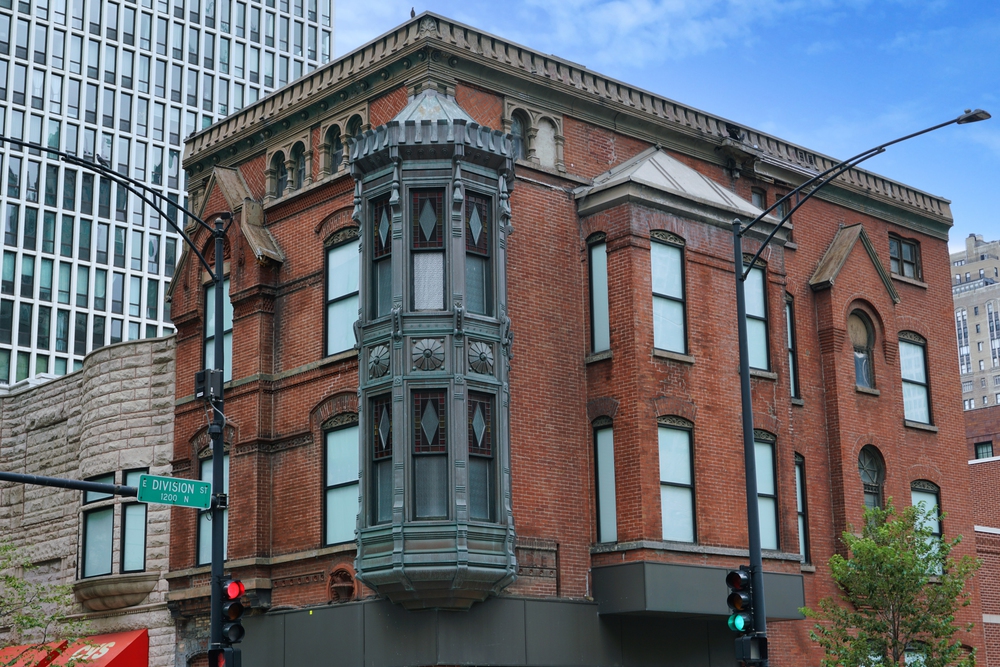
This southeast Portland corridor exemplifies the city’s reputation for culinary innovation in unassuming surroundings. Restaurants focused on hyperlocal ingredients and sustainable practices showcase the bounty of the Pacific Northwest alongside international cuisines adapted to Oregon’s exceptional produce.
The street’s unpretentious atmosphere belies the serious food being served, reflecting Portland’s approach to dining that prioritizes quality and creativity over formality.
9th Avenue, San Francisco

This Inner Sunset thoroughfare has evolved into a showcase for Asian cuisines, particularly regional Chinese specialties rarely found elsewhere in America. Restaurants specialize in hand-pulled noodles, dumplings, and Sichuan hot pot, often with lines extending down the sidewalk during peak hours. The street’s proximity to Golden Gate Park makes it a perfect refueling stop after outdoor activities, with casual surroundings that focus attention on the exceptional food rather than elaborate decor.
Like Travel Pug’s content? Follow us on MSN.
Central Avenue, Phoenix
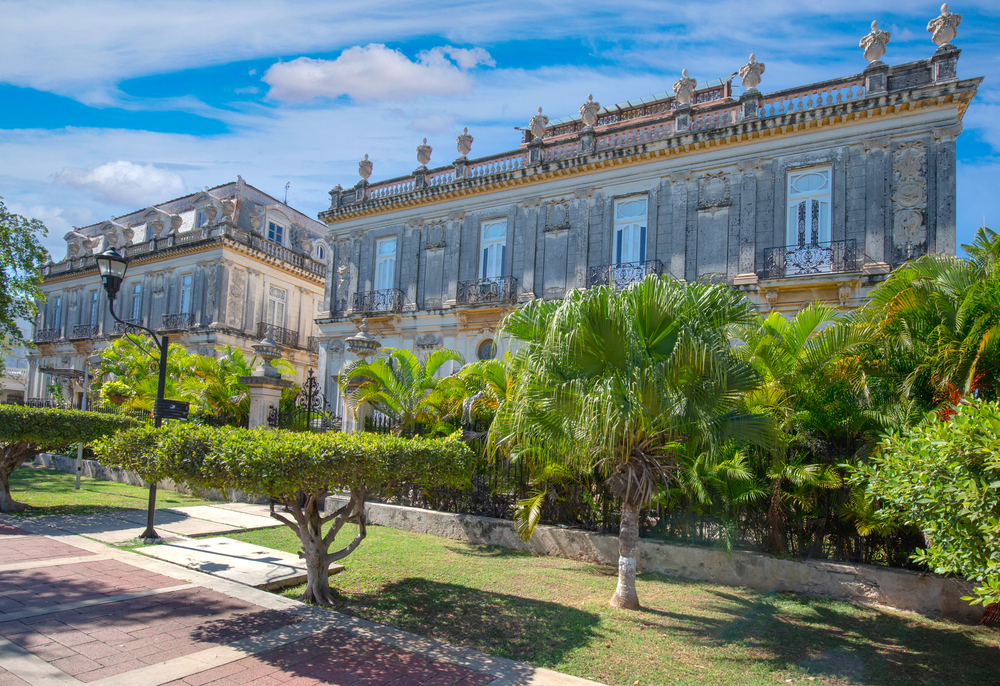
This historic corridor captures Arizona’s culinary evolution, from traditional Mexican establishments to innovative restaurants defining contemporary desert cuisine. Multigenerational taquerias serve regional specialties from Sonora and beyond, while chef-driven concepts incorporate indigenous ingredients and techniques that reflect the area’s cultural heritage.
The street’s architecture spans adobe structures to mid-century modern buildings, visually representing the layers of culinary influence that have shaped Phoenix’s food scene.
Fulton Market, Chicago
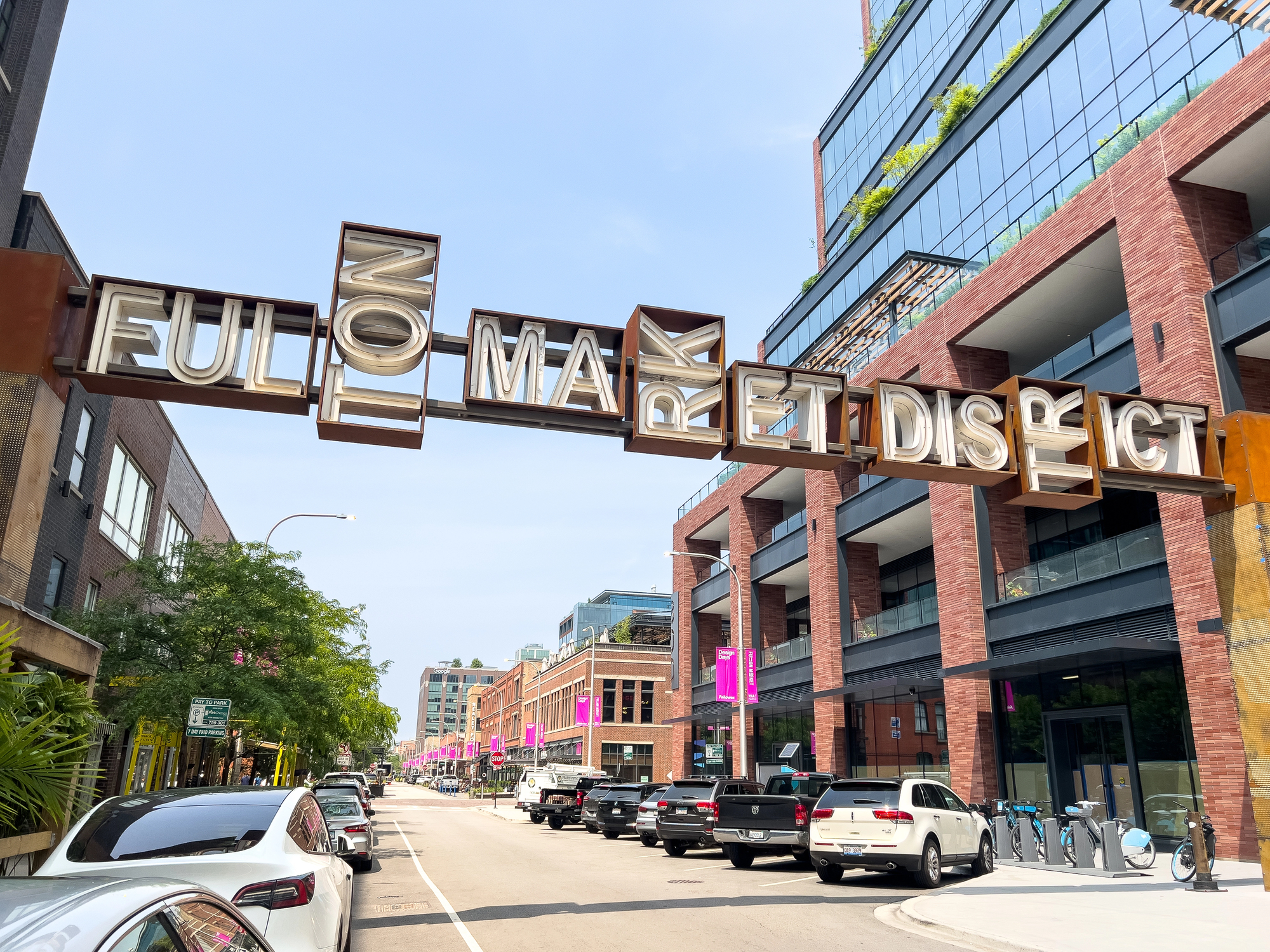
This former meatpacking district has transformed into one of America’s most concentrated corridors of culinary excellence, with acclaimed restaurants occupying converted industrial spaces. Innovative chefs showcase midwestern ingredients with global techniques, while remaining butcher shops provide links to the area’s utilitarian past.
The neighborhood epitomizes the evolution of American dining during the past decade, balancing preservation of food traditions with forward-thinking culinary approaches.
International District, Seattle
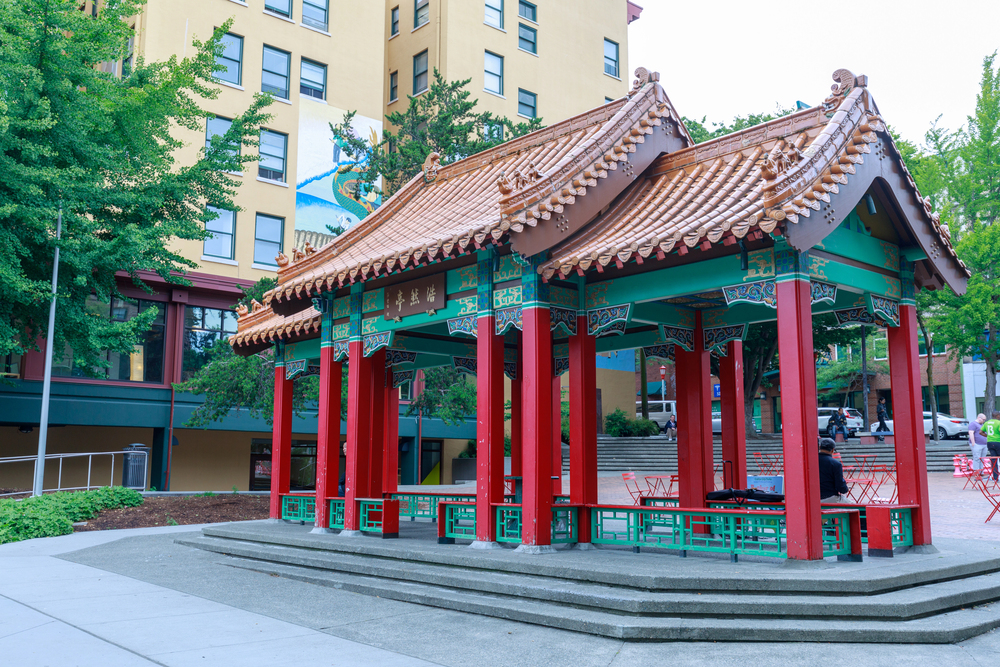
This historic neighborhood centers around King Street, offering the most diverse array of authentic Asian cuisines in the Pacific Northwest. Restaurants specializing in regional Chinese, Japanese, Vietnamese, Filipino, and Korean traditions operate in buildings that have housed similar establishments for generations.
The district’s preservation efforts have maintained cultural authenticity while accommodating new arrivals, creating a distinctive dining destination that continues to evolve while honoring its roots.
Like Travel Pug’s content? Follow us on MSN.
Savor the Streets
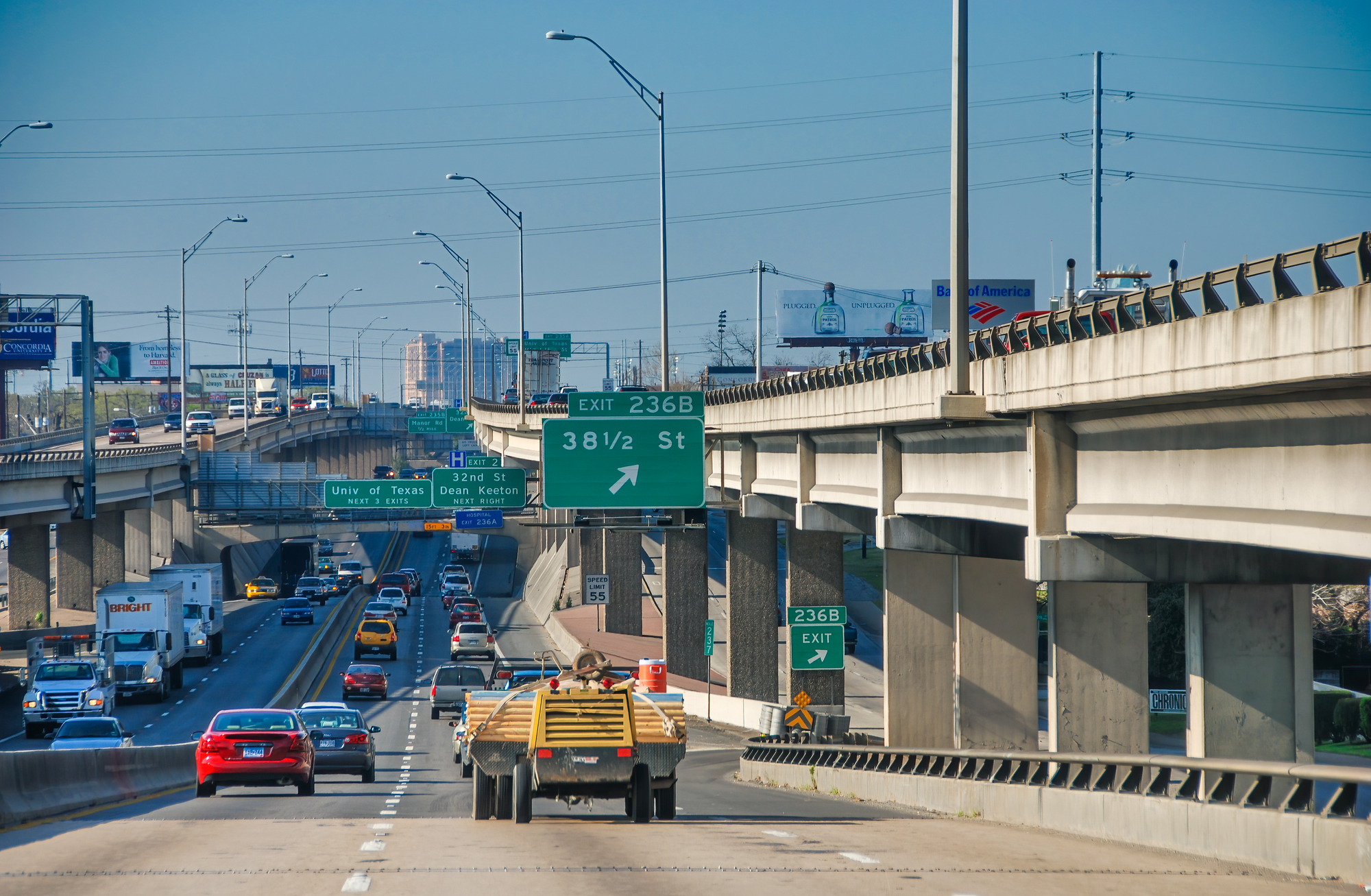
These food streets demonstrate how food becomes intertwined with community identity, preserving cultural heritage while allowing innovation to make the traditions fresh for generations to come.
Along with the immediate pleasure of gourmet dining, these streets offer edible lessons in history, connecting customers to the immigrant pasts and regional variations that together make up American food. By navigating such distinctive food neighborhoods, visitors gain a greater appreciation for native cultures through their most accessible expression – the common practice of breaking bread together.
More from Travel Pug

- Cities Growing so Fast You Won’t Recognize Them in 10 Years
- 13 Destinations Where Tourists Regularly Regret Their Trip
- 16 U.S. Cities That Are Quietly Becoming Travel Hotspots
- Where to Travel If You Love Long Bus Rides and Daydreams
- 20 Cities Perfect for Solo Travelers Who Crave Adventure & Culture
Like Travel Pug’s content? Follow us on MSN.
